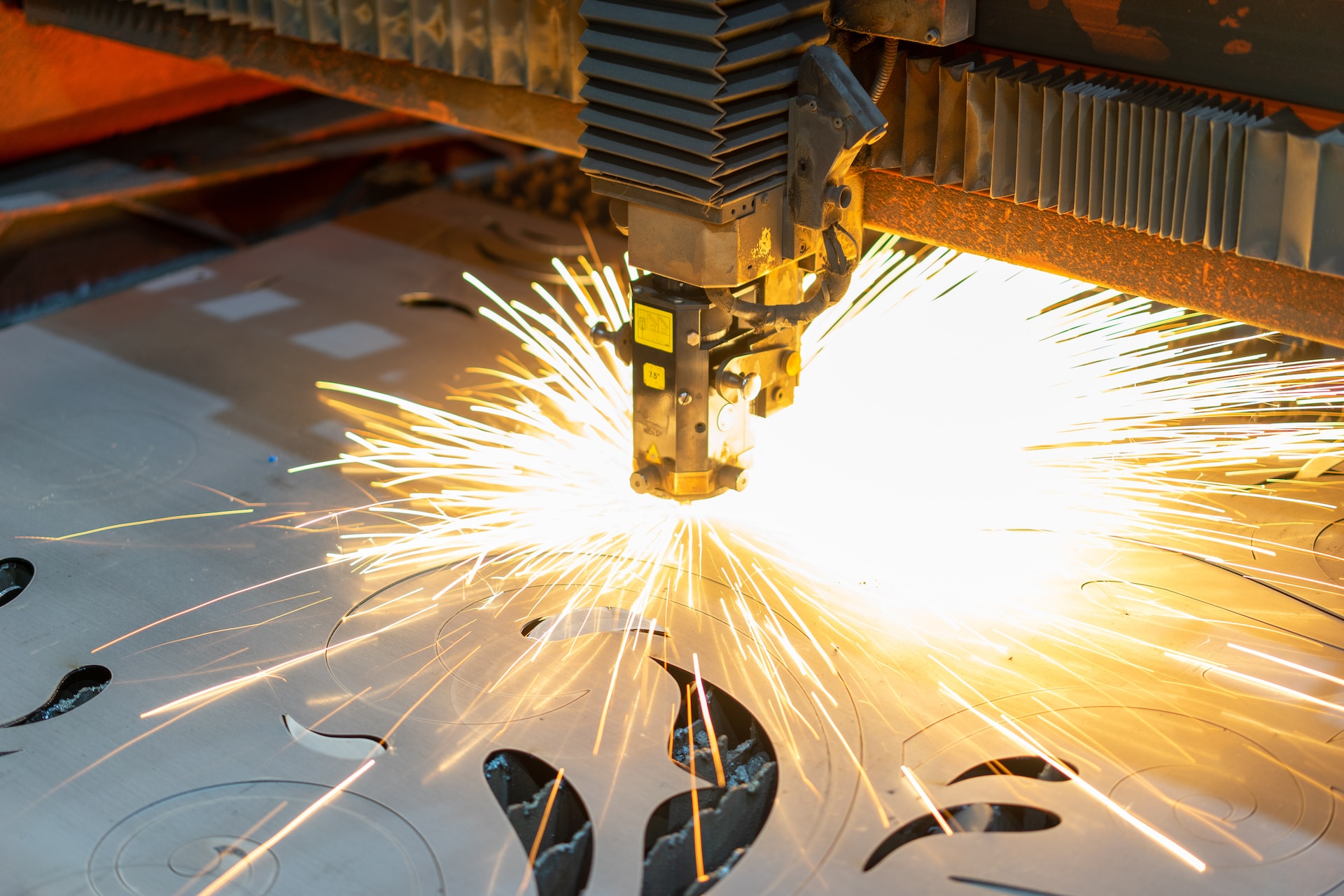India is becoming a formidable competitor in the global manufacturing arena; for a long time, China has dominated the scene. However, due to rising labor costs, government initiatives and policy changes, a youthful and quickly growing population, and investments in skill development, India is now a serious challenger. By 2027, the number of people employed in India is projected to surpass all others, making the country a desirable location for factories. The necessity of manufacturing base diversification in protecting against supply chain interruptions, geopolitical conflicts, and trade uncertainty is becoming more widely acknowledged by enterprises. Changing the focus from “Made in China” to “Made in India” would affect the global manufacturing environment, international commerce, and economies of both nations in many ways. It spreads production throughout the world, lowering the danger of being dependent on any one nation.
The arrival of Industry 4.0, with its emphasis on robotics, AI, and shared data, is also having a profound effect on the manufacturing industry. Technology integration in production has been given a boost by the government’s “Digital India” project. The move of Global Manufacturing from China to India has far-reaching ramifications for trade relationships and geopolitical dynamics, including increased economic activity and job creation, competitiveness and innovation, and environmental sustainability. The “Make in India” campaign, together with other policy changes and infrastructural development measures, has had a profound impact on India’s manufacturing industry in recent years. A large and trained labor population, supportive policy climate, cost competitiveness, expanding domestic market, and advantageous geographic position are among the primary benefits of manufacturing in India.
The diversification of global supply chains that results from the move away from “Made in China” reduces concentration risk. Infrastructure deficiencies, complicated regulatory frameworks, and talent mismatches are all impediments to India’s goal of becoming a global manufacturing center. With policy reforms, infrastructure investments, and a focus on technology adoption, India has the potential to further strengthen its position in the global manufacturing landscape, posing both challenges and opportunities for China’s manufacturing sector as India continues to rise in prominence. This change from “Made in China” to “Made in India” is a watershed moment in the history of global manufacturing. India’s rise as a manufacturing powerhouse may be attributed to many different factors, including but not limited to lower labor costs, government efforts, a trained labor force, risk diversification, and technology improvements.
With the help of government programs like “Make in India” and “Digital India,” India has been steadily embracing cutting-edge manufacturing technologies and techniques, increasing the country’s competitiveness in the industry. The widespread implementation of flex manufacturing techniques has been hastened by the introduction of Industry 4.0. The demographic dividend and skilled labor force in India are two of the most important factors in the country’s ability to embrace flexible manufacturing processes and gain a competitive edge. India’s initiatives in technology adoption, skilled labor development, and customization are all in line with the concepts of agile and responsive manufacturing, making the country a prime candidate to join the global flex manufacturing revolution. India is becoming a formidable rival in the pharmaceutical business, thanks to its thriving pharmaceutical manufacturing sector and status as a major manufacturer of generic medications that meet a sizable fraction of the world’s pharmaceutical requirements.
Investments in R&D and upskilling the workforce are important to increase its skills in flex manufacturing, and infrastructure shortages, such as logistics and connectivity, must be addressed to support seamless operations and timely supply chain management. Textiles, clothing, car parts, gems and jewelry, chemicals and petrochemicals, and renewable energy equipment are just a few of the many manufactured goods that India exports to the world. Indian pharmaceutical firms have gained acclaim for their high-quality medications and low manufacturing costs. In addition to being one of the world’s leading exporters of gems and jewelry, India is a key supplier of components to the global automobile industry. India has demonstrated strength in these areas, but China continues to be the world leader in manufacturing in terms of output, infrastructure, and technology.
If you like this article you might like this article too “Japan, China & Illegal Immigration In America“

